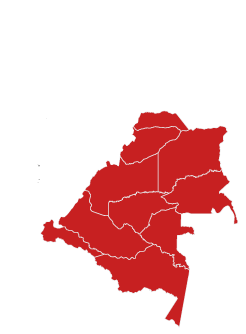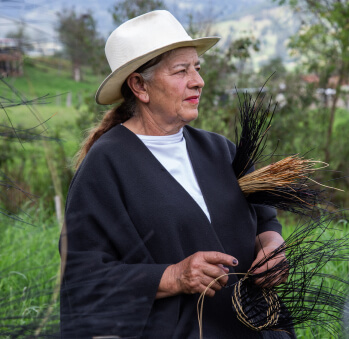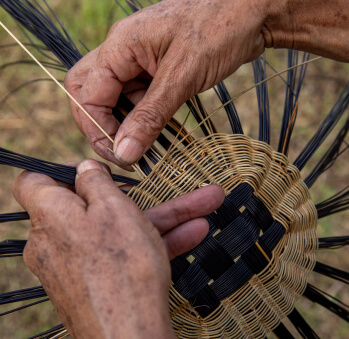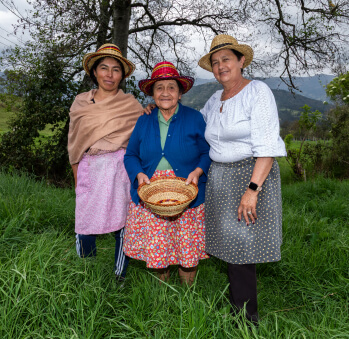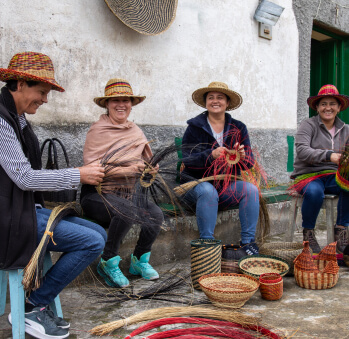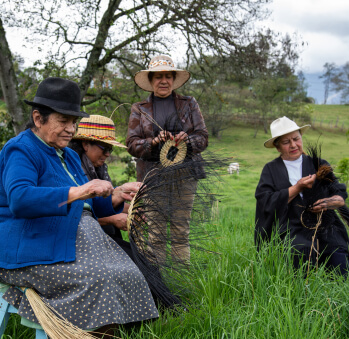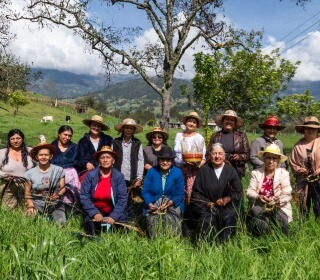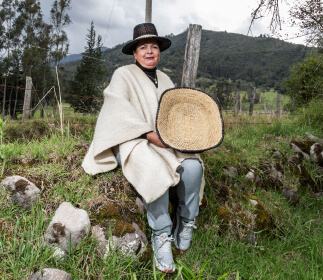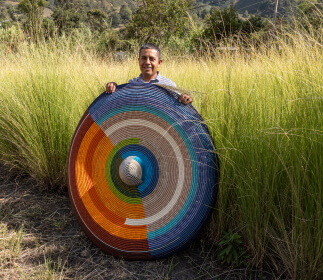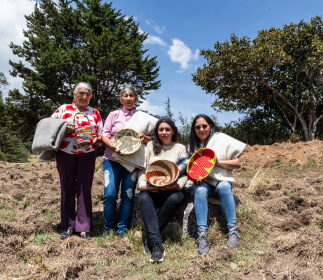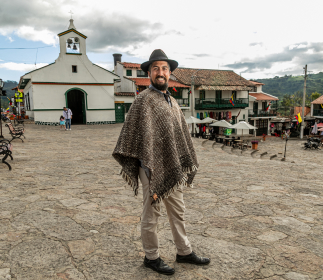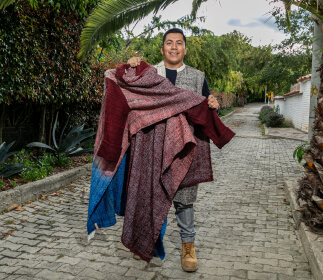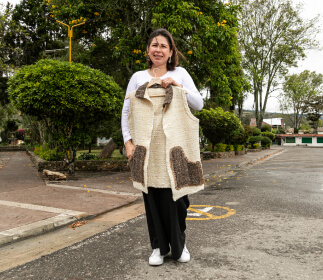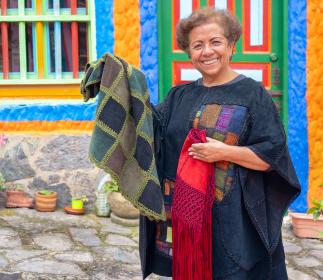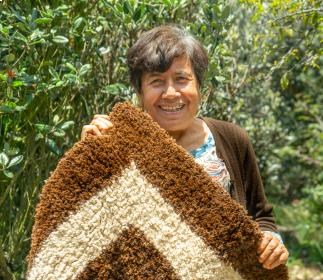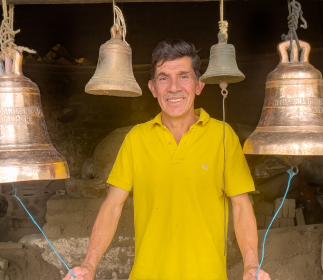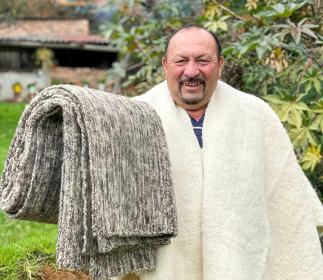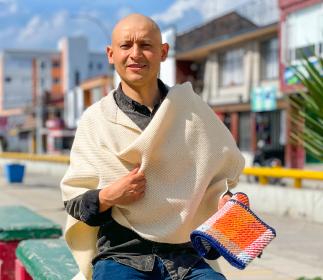Asociación de artesanas unidas de Cerinza
Taller: ADAUC
Oficio: Tejeduría
Ruta: Ruta Paipa - Iza y Paipa - Guacamayas
Ubicación: Cerinza, Boyacá
Por años, las mujeres de Cerinza han surtido a Colombia, especialmente a la región cundiboyacense, de canastos en esparto: de esas típicas cazuelas de franjas rojas y verdes en los bordes, usadas para sostener los recipientes de barro en los que tomamos la sopa, o directamente para servir las empanadas y todo lo que se come en un piqueteadero. Lo mismo con los individuales, que se han vuelto un elemento obligado en las mesas de comidas típicas. Ellas se llenan de orgullo cuando ven sus tejidos en la televisión, en algún comercial o novela, sabiendo, además, que no hay dos iguales. Pueden estar hechas por la misma artesana, una después de otra, pero cada cazuela es única.
Dieciséis de ellas se agruparon hace más de veinte años y sus vidas son un bello ejemplo de lo que es haber crecido en las veredas de Cerinza y dedicarse al oficio de la cestería en esparto. Fueron criadas por madres que tejían sus propios coladores para colar el cuchuco y canastos para recoger las arvejas, habas y maíz, y para cargar la panela, sal, manteca y arroz del mercado a la casa los domingos. Dios les dio la inteligencia para ingeniarse sus formas. Y así, mientras las madres les enseñaban a las hijas a prender la leña de los fogones, cuidar el ganado, cocinar y barrer, les enseñaban también a tejer. Recuerdan acercarse, abrazar a la madre y ahí ir mirando cómo lo hacían. Aprender mirando hasta que, a la edad de diez años, les dijeran cómo repartir las pajitas de esparto para darle la forma a cada canasto, cuánto agregarle y cuánto quitarle. Y en este grupo de mujeres que se conocen de toda la vida, naturalmente, el conocimiento circulaba también horizontalmente, entre sus madres, que aprendían las unas de las otras y luego heredaban esos saberes a las hijas.
Si antes se reunían en el río Minas, cuando sus aguas todavía estaban limpias, para bañarse y después jugar a la pelota en el potrero de algún vecino, o para saltar la cuerda, ahora estas mismas amigas se reúnen alrededor de sus canastos. Muchas de ellas se asemejan a Penélope, tejiendo mientras sus maridos vuelven de sus travesías trabajando por todo el país en construcción, levantando puentes y carreteras. Así, sus días en el campo son largos. Empiezan a las cinco o seis de la mañana con el cuidados de las vacas, gallinas y marranos, y con la traída de la leña que encienden para preparar el caldo del desayuno, y después el almuerzo, con las papas y el maíz que ellas mismas cosechan. Todas esas labores las intercalan con la hechura de alguna pieza, que se llevarían para terminarla mientras caminan por las veredas si no fuera porque con el aire se les seca entre las manos y pierde la flexibilidad necesaria para darle forma. Así, tejen después del almuerzo, antes de volver a prender la leña para hacer la cena, mientras escuchan las carrangas que pasan en la emisora del pueblo, ven televisión, o ponen el celular en altavoz para hablar y tejer al tiempo. Tienen la habilidad de entrecruzar fibras de esparto sin mirar, y cómo no, si llevan toda una vida dedicadas a ello. Y los domingos, bajan todas al pueblo para ir a misa y comprar lo que les falte, que cargarán en uno de sus propios canastos.
A veces les duele la espalda, la cintura o las rodillas, por pasar largos ratos sentadas, sumergidas en su quehacer artesanal. Y siempre llega el momento de reencontrarse, con sus maridos después de sus viajes, y con sus amigas en el local de la asociación, donde reúnen y exhiben todo lo hecho. Pero pase lo que pase, están siempre acompañadas por su oficio, y atadas amorosamente las unas a las otras con las fibras brillantes y resistentes del esparto.
Artesanías
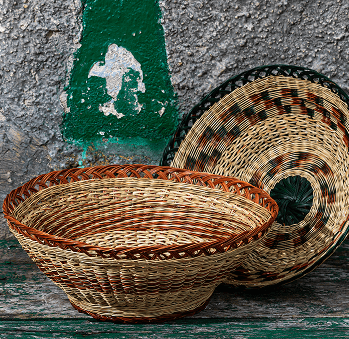
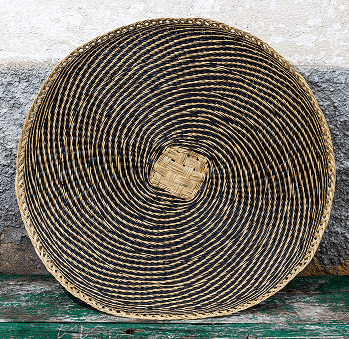
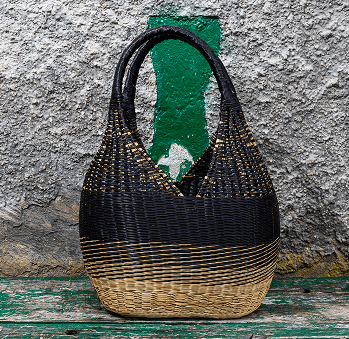
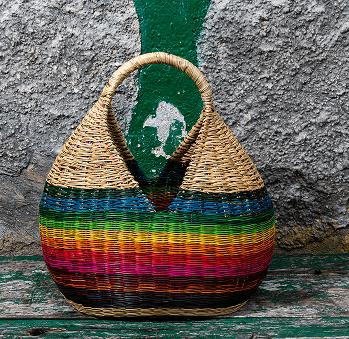
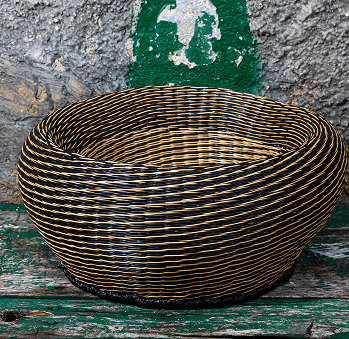
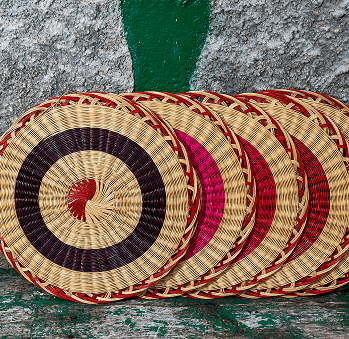
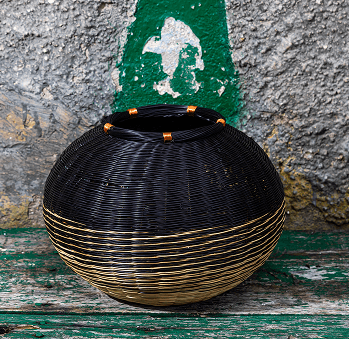
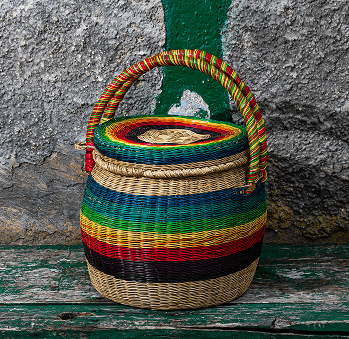










Artesanos de la ruta
Artesanos de la ruta
No puede copiar contenido de esta página

